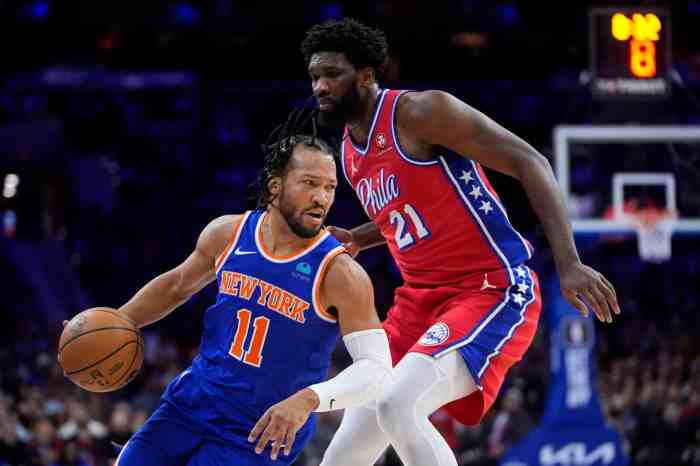The overwhelming majority of NFL teams pass more often than they run. It’s no secret these days.
The Patriots and Falcons, who will square off in Super Bowl LI on Sunday in Houston, are no different in that respect. But make no mistake, these teams run the football. A lot.
New England ranked third this season in rush attempts, with only 17 fewer carries than the category-leading Cowboys. Although Atlanta finished 12th in carries, the Falcons’ 4.6 yards per carry tied for fourth-best in the league.
LeGarrette Blount, 30, rushed for a career-high 1,161 yards and an NFL-best 18 touchdowns despite a pedestrian 3.9 yards per carry. Blount is a bruiser whose tough to bring down, but he’s not a pass-catching threat.
Most of the work came while backfield mate Dion Lewis missed the first 10 weeks while rehabbing his left knee. The 5-8 back averaged 4.4 yards per carry on 64 attempts entering the playoffs, and he also snagged 24 passes as a favorite short-yardage target of Tom Brady.
Neither has been overworked this postseason despite Lewis scoring three times in the divisional round win over the Texans — once rushing, once receiving and once on a kickoff return.
Talented as those two are, the Falcons’ two-headed monster in the backfield is younger and more potent.
Devonta Freeman, 24, improved upon a breakout 2015 by posting more yards (1,079) on far fewer carries (227) before the playoffs. Freeman also was one of Matt Ryan’s favorite targets in the passing game, hauling in 54 passes for 462 yards. Freeman, at 5-8 like Lewis, finished seventh in the NFL with 1,541 yards from scrimmage.
Despite Freeman’s own impressive numbers, teammate Tevin Coleman carved out a vital role of his own in the Atlanta backfield. At 23, the 6-foot Coleman gained 941 scrimmage yards (520 rushing, 421 receiving) despite missing three games. He nearly matched Freeman’s 13 scores by finding the end zone 11 times.
The Falcons love to use both Freeman and Coleman, as evidenced by both scoring TDs in each playoff victory.
Atlanta’s backfield holds the edge if forced to become the focal point, but both the Pats and Falcons possess capable ground units.

















